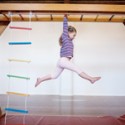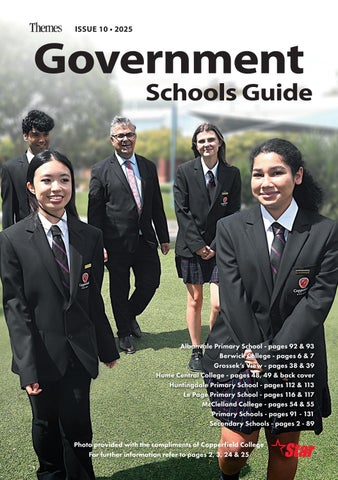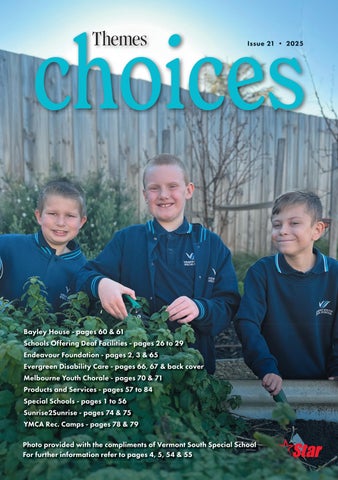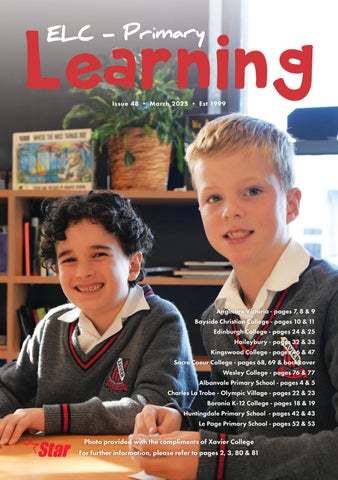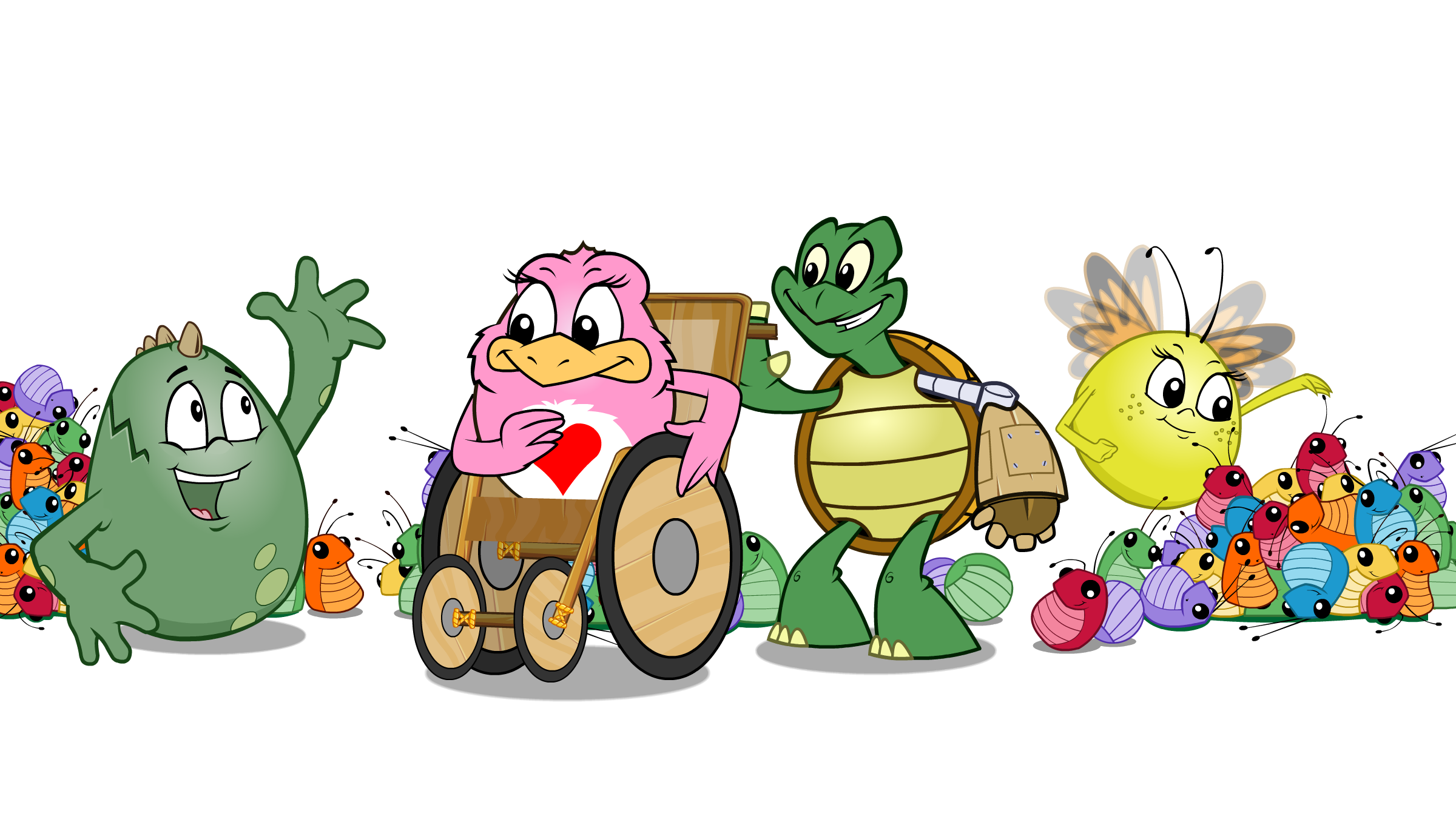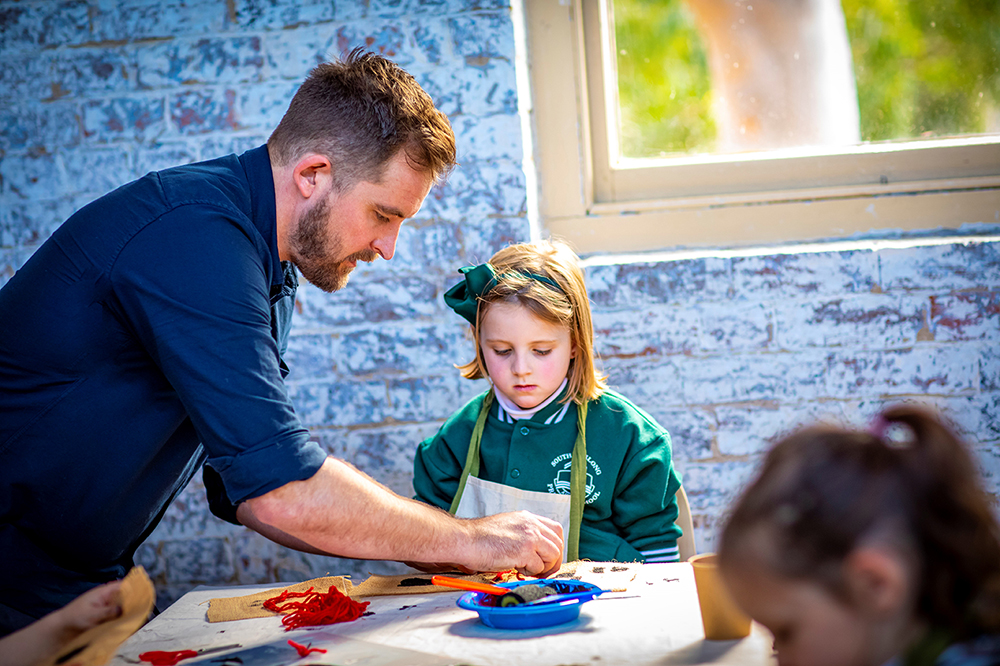Essential food for the brain
THERE is a shocking truth about Australian children that is unexpected for such a sport crazy country: our children are some of the least active in the world: 84% of school aged children fail to get one hour of physical activity a day; 75% of children aged two to four spend more than one hour in front of a television or computer daily and about 15 per cent have a screen in their bedroom.
As well as being essential to physical and emotional health, exercise has a significant role to play in the healthy development of your child’s brain and this affects your child’s ability to learn.
How well the brain develops is very dependent on the kinds of experiences and opportunities a child has from the moment they are born. While good nutrition and nurturing relationships are essential, movement also plays an important role. Dr Daniel Wolpert, a neuroscientist and engineer who studies how the brain controls the body, argues that the brain’s most important job is learn, refine and control movement, because everything we do is movement-based, even thinking. When movement opportunities are reduced, the brain’s opportunity to learn and function to its potential capacity is considerably hampered.
HOW DO YOU ENCOURAGE CHILDREN TO “GET ACTIVE”?
Children look to adults for guidance on many areas of life – including exercise. Research has shown that parents who make exercise a regular part of your day are more likely to have young children who are also physically active. The trick is to make exercise fun and make it look like you are having fun as well! The sooner you start, the better!
BABIES
Babies need to move, because even early exploratory movements soon after birth affects how the brain wires itself.
■ Keep babies unwrapped and out of restrictive containers (like the car seat, pram, bouncer, etc.) for as much time as possible.
■ Keep hands and feet uncovered as much as possible to encourage movement.
■ Tummy time when awake is very important. Tummy time enables those inbuilt, initial exploratory movement patterns to help the baby feel their body moving against the surface of the mat or your own body. This is the first step towards early independent movement.
■ Avoid any screen time at all. Babies and children less than two years of age learn far more from moving and interacting with the world around them.
TODDLERS AND PRE-SCHOOLERS
Toddlers need lots of opportunities to gain good balance so that later motor skills have a solid foundation on which to function. It’s hard to hop or skip or even sit still in a chair if your balance is poor!
■ Go for walks, encourage your toddler to balance along edges, planks, stepping stones and the like, and to run up and down grassy slopes. Good balance is essential for automatic control of the body.
■ Put away that computer device and turn off the TV! Avoid screen time as much as possible. Limit it to a maximum of one hour a day. No time at all is better, but challenging to implement! If you do allow your toddler to watch a screen, choose an interactive show, such as Playschool – so children get up and dance and sing along.
PRIMARY SCHOOL CHILDREN
Active, healthy kids Australia report that only 19% of Australians aged 5-17 years and 15% of Australians aged 12-17 years, meet the recommended activity guidelines of accumulating at least 60 minutes of physical activity every day. So how to encourage your primary schoolers to get active?
■ As for younger age groups, active parents encourage active children, so look for an activity you are happy to do with your children – start with a simple game of catch, or cricket in the back yard. Once you all feel more confident head out for a picnic to a local park with scooters or bicycles. Picnic near the playground equipment so children can still see you and you them while they play.
■ This age group will spend hours in a swimming pool playing. Make sure your children are swim safe – so lessons are essential first and they need to be supervised.
■ Monitor screen time. Restrict TV to the few favourite shows each day. Turn the TV off once they are finished. Try to avoid having the TV on all the time.
TEENAGERS
The most active teenagers are those who grow up playing a sport and continue to do so during their teenage years. If your child is a reluctant exerciser and needs to be “dragged kicking and screaming” from a screen it’s definitely a challenge to get them active! Here are a few suggestions:
■ Start slowly. If you have a dog, make it the responsibility of the teenager in the house to walk the dog daily. Even if they just amble along for 10 minutes, it’s exercise they would not have otherwise had! Gradually encourage a longer walk.
■ If watching TV try to build in some exercise when the commercials are on… make a game of it … who can do the most leg lifts in a row? How many push-ups can you do in the ad break?
■ Boys love to have muscles. Encourage weight training – start with just their own body as the weight – push-ups, the plank, crunches etc. all build muscle bulk.
Dr Jane Williams (PhD) is the Director of Research and Education for GymbaROO and KindyROO.

